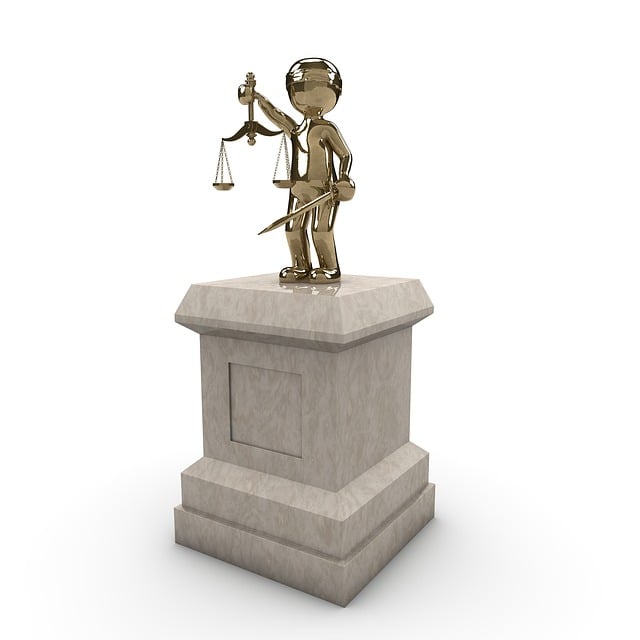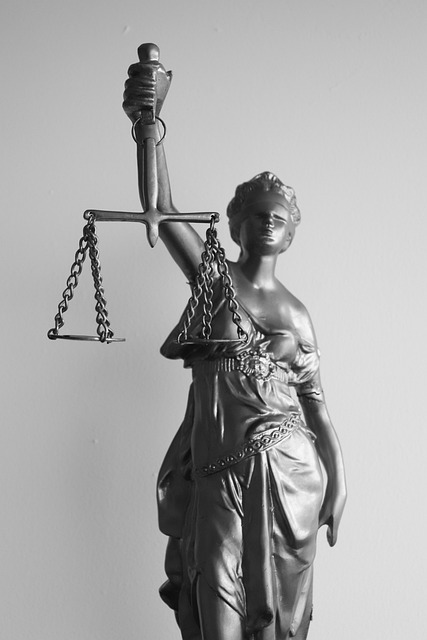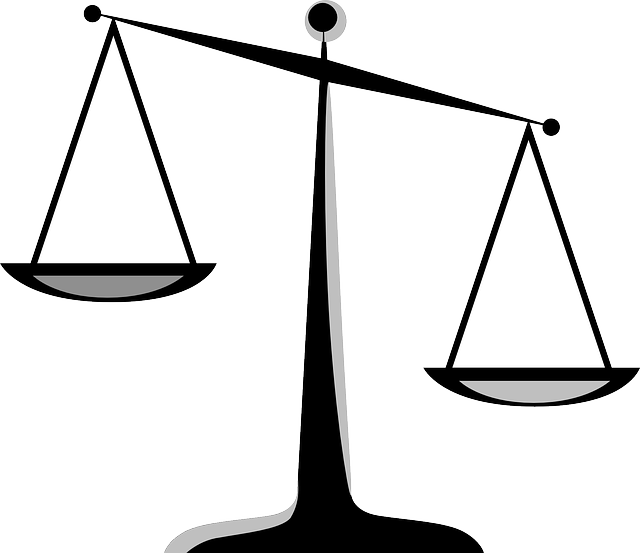C-Level Investigations specialize in uncovering and addressing high-level corporate misconduct, mirroring criminal procedures from arrest to trial. This involves a structured timeline, beginning with initial court appearances, followed by evidence gathering, witness interviews, and case construction. Law firms act as strategic defenders, representing clients while navigating complex legal landscapes to avoid indictment and secure favorable outcomes. The process, modeled after the Criminal Procedure Timeline, includes pre-trial motions, grand jury proceedings, arraignment, discovery, and a structured trial, with defense attorneys advocating for fairness and due process in high-stakes cases.
In the corporate world, C-Level investigations are crucial for uncovering hidden wrongdoings. This comprehensive guide delves into the intricate process of these high-stakes inquiries, from initial detection to resolution. We explore the ‘Criminal Procedure Timeline: A Step-by-Step Guide’, detailing each phase from arrest to trial. Understanding these legal processes is essential for navigating potential delays and milestones in high-profile cases, ensuring justice and accountability.
- Understanding C-Level Investigations: Uncovering Corporate Wrongdoing
- The Criminal Procedure Timeline: A Step-by-Step Guide
- From Arrest to Trial: Navigating Legal Processes
- Key Milestones and Potential Delays in High-Profile Cases
Understanding C-Level Investigations: Uncovering Corporate Wrongdoing

C-Level Investigations refer to high-level inquiries into corporate misconduct, typically involving top management or executives (C-Suite). These investigations are crucial in uncovering and addressing instances of fraud, corruption, or other forms of wrongdoings within organizations. When a potential violation is identified, law enforcement agencies or internal compliance teams launch a thorough process that mirrors the Criminal Procedure Timeline From Arrest to Trial. This includes gathering evidence, interviewing witnesses, and building a compelling case.
The goal is not merely to punish but also to ensure accountability and deter future misconduct. In navigating these complex cases, law firms specializing in white-collar crime defense play a pivotal role, representing both corporate and individual clients. Skilled attorneys employ strategies to avoid indictment and, when challenges arise, fight for winning challenging defense verdicts. This intricate dance of justice requires a deep understanding of criminal procedures and the ability to navigate the complexities of corporate landscapes.
The Criminal Procedure Timeline: A Step-by-Step Guide

The Criminal Procedure Timeline: A Step-by-Step Guide
After an arrest, the criminal procedure timeline begins with initial appearances in court where the accused is informed of the charges against them. This is followed by pre-trial proceedings where investigations are conducted, evidence is gathered, and motions are filed. During this phase, the defense attorney plays a crucial role in achieving extraordinary results for their client, especially in high-stakes cases that involve prominent figures or sensitive matters within philanthropic and political communities.
The trial itself involves opening statements, presentation of evidence by both parties, witness testimonies, and closing arguments. The judge instructs the jury on the law applicable to the case. Verdict is then reached, leading to potential sentencing or further appeals based on the outcome. This structured process ensures fairness and due process in criminal cases.
From Arrest to Trial: Navigating Legal Processes

The journey from arrest to trial involves a complex criminal procedure timeline, particularly in high-stakes cases where white-collar defenses come into play. This process is meticulously designed to ensure fairness and due process for all individuals accused of crimes. Following an arrest, the accused person is usually brought before a magistrate judge for an initial appearance, during which they are informed of the charges against them and their rights.
From this point, the timeline unfolds in stages: preliminary hearings, grand jury proceedings, arraignment, discovery, pre-trial motions, and ultimately, trial. Each stage presents opportunities for strategic maneuvers, such as challenging evidence, seeking witness dismissal, or negotiating a plea bargain. The goal for defense attorneys representing clients in these high-stakes cases is to navigate this criminal procedure timeline effectively, ensuring the best possible outcome for their clients while upholding the integrity of the legal system.
Key Milestones and Potential Delays in High-Profile Cases

High-profile cases often face unique challenges that can significantly impact their progress and outcome. When a C-Level investigation launches, it’s crucial to understand the potential delays that may occur throughout the criminal procedure timeline from arrest to trial. Key milestones, such as initial appearances, pre-trial hearings, and discovery processes, are critical for both prosecution and defense teams. However, complex legal matters can lead to extensive delays due to voluminous evidence, expert witness preparation, or the need to coordinate with various law enforcement agencies across the country.
These cases often attract intense media scrutiny and public interest, adding another layer of complexity. While a swift resolution is ideal, the sheer magnitude of high-stakes cases can result in lengthy pretrial phases. A general criminal defense strategy must account for these potential delays, ensuring that legal teams are prepared to navigate the intricacies of high-profile investigations effectively.
C-level investigations, encompassing complex corporate wrongdoings, demand a meticulous understanding of legal processes. By following the structured approach outlined in this article—from unraveling misconduct through criminal procedure timeline to navigating from arrest to trial—legal professionals can ensure comprehensive case management and fair outcomes. Familiarity with key milestones and potential delays in high-profile cases further strengthens their ability to represent clients effectively within this intricate landscape.






